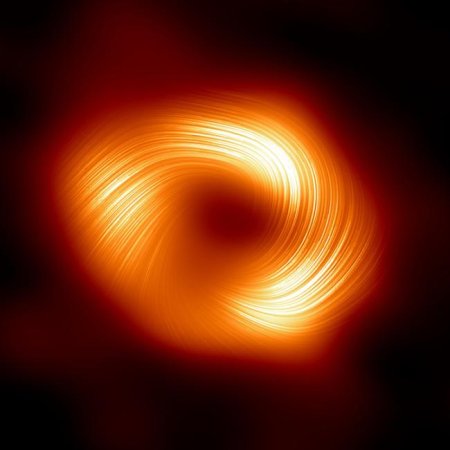Members of Texas Space Commission unveiled
The governor of Texas, Greg Abbott, yesterday revealed the names of the 18 individuals who will head the Texas Space Commission, created by the legislature to encourage the development of that state’s commercial space industry.
The Texas Space Commission will be tasked with developing a statewide strategy that promotes innovation, creates incentives (including grant funding) and develops workforce training. They initially have $350 million to work with, $150 million budgeted for grants and $200 million for a new research and training facility built by the Texas A&M University System.
The Texas Aerospace Research and Space Economy Consortium, which is part of the Texas Space Commission, will identify research and development opportunities and find ways to further integrate space into the Texas economy.
The commission appears strongly made up of representatives from many commercial companies, including the big companies SpaceX, Lockheed Martin, and Boeing as well as a number of newer smaller companies. Linked as it is so closely with the state government, this commission will be well placed to eliminate any obstacles within the state to commercial development.
The governor of Texas, Greg Abbott, yesterday revealed the names of the 18 individuals who will head the Texas Space Commission, created by the legislature to encourage the development of that state’s commercial space industry.
The Texas Space Commission will be tasked with developing a statewide strategy that promotes innovation, creates incentives (including grant funding) and develops workforce training. They initially have $350 million to work with, $150 million budgeted for grants and $200 million for a new research and training facility built by the Texas A&M University System.
The Texas Aerospace Research and Space Economy Consortium, which is part of the Texas Space Commission, will identify research and development opportunities and find ways to further integrate space into the Texas economy.
The commission appears strongly made up of representatives from many commercial companies, including the big companies SpaceX, Lockheed Martin, and Boeing as well as a number of newer smaller companies. Linked as it is so closely with the state government, this commission will be well placed to eliminate any obstacles within the state to commercial development.








